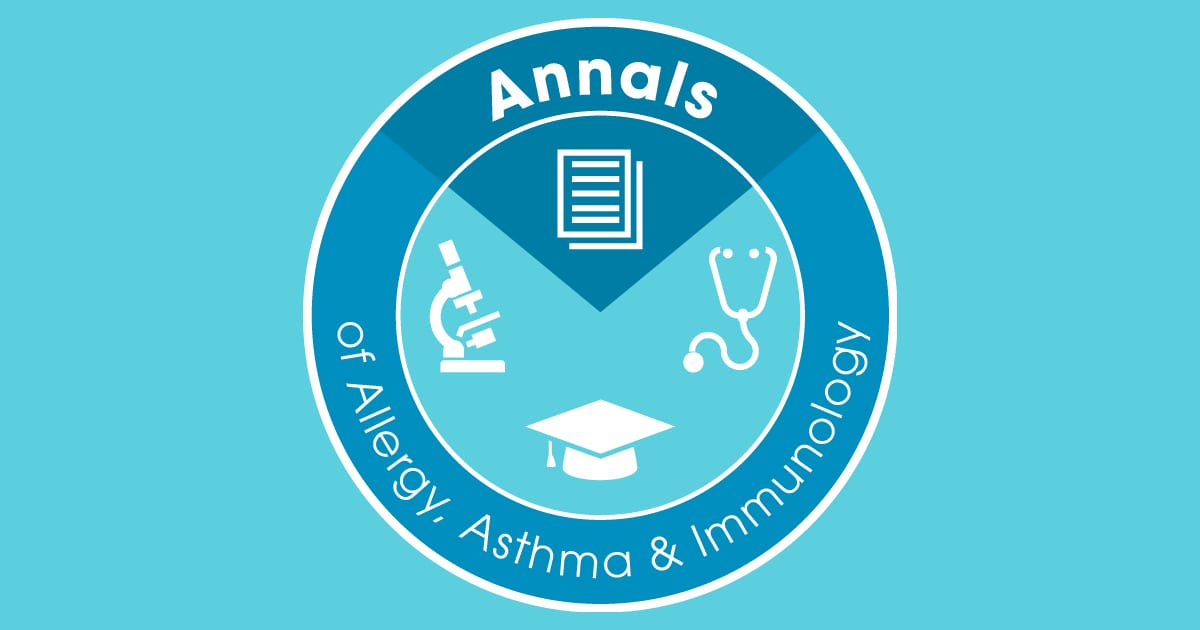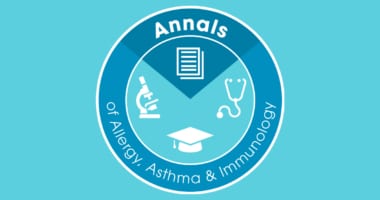The summer heat continues, and the pandemic, although waning in some parts of our country, is still with us and new strains of concern continue to emerge. Yet we press on with our tasks of caring for our patients with allergic and immune-based diseases. In our effort to try to have a diverse offering in every issue, this month’s issue of the Annals of Allergy, Asthma and Immunology has some interesting articles related to food sensitivities so increasingly common in our practices.
First is an interesting review by Marion Groetch, MS, RDN, and colleagues describing the principle for practical dietary management of food protein-induced enterocolitis syndrome (FPIES), a non-IgE mediated food allergy with potential risk of malnutrition related to the early onset of disease, frequent avoidance of cow’s milk, and the possibility of multiple food triggers. These authors provide an evidence-based, practical approach to the dietary management of FPIES by describing appropriate dietary management entails three essential components. These include supporting normal growth and development, avoidance of allergens, and advancement of complementary foods. Education to avoid the trigger food and assisting caregivers in creating an individualized, well-designed complementary feeding plan to meet the infant’s nutritional needs for optimal growth and development are essential management strategies.
Another excellent review was contributed by Elissa M. Abrams, MD, and Scott Sicherer, MD, who describe strategies for cow’s milk allergy prevention. There is increasing literature supporting the role of early and ongoing cow’s milk ingestion to prevent allergic sensitization. The studies supporting a preventative role for early cow’s milk ingestion have looked at a very early age of cow’s milk introduction (the majority within the first month of life), suggesting the possibility of a different mechanism of sensitization than other common allergens. It is possible that gut colonization and the diversity and intensity of microbial exposure may play a role in inducing cow’s milk tolerance. It is also possible that vitamin D may have a role in modulating those immune functions. Further research regarding the role early cow’s milk ingestion plays in the prevention of cow’s milk allergy is required, and questions remain. The authors provide intriguing possibilities and calls for further research.
I hope you will enjoy your time you spend reading Annals and that it will find use in your practice. I look forward to seeing many of you in New Orleans in November. If you see me wandering around, please say “hi” and let me know your thoughts about our journal and how we can make it better for you.
Gailen D. Marshall, Jr., MD, PhD, FACAAI
Editor-in-chief



